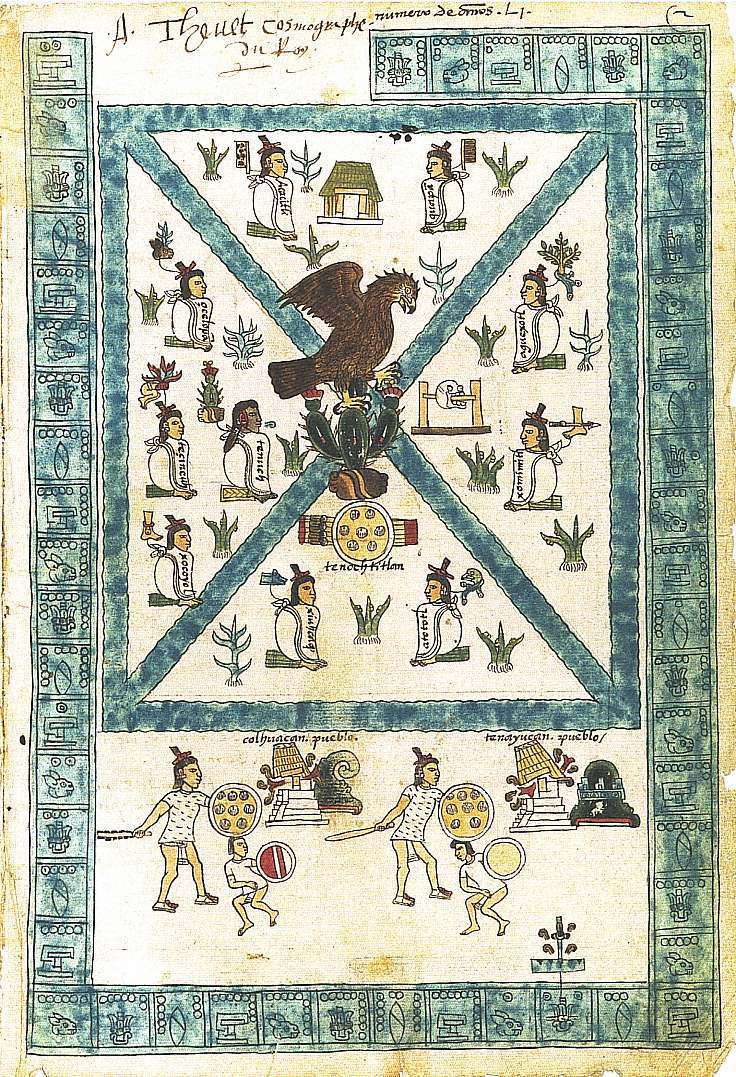Codex Mendoza

Annotation
This image shows the front piece of the Codex Mendoza which is believed to have been commissioned by the first viceroy of New Spain, Don Antonio de Mendoza in the 1540 to record information about the Aztecs and their empire. For example, the front piece shown in the image contains information about the organization and foundation of the Tenochtitlan, the capital of the Aztec empire. It is illustrated using traditional Aztec pictogram with translations and additional explanations provided in Spanish. It can also serve as a document to help translate between languages. It is crafted in the indigenous style and consists of seventy-one folios. This document does provide invaluable information about the empire when it was relatively untouched by the Spaniards. The document can be used to learn about the empire, its origins, and the different groups living within it. What are some gaps in the Codex Mendoza? But there are gaps of information missing from the document. This might be because of who constructed the document and when, where and how it was constructed. For example, although it was created by the Nahua, the ethnic group that the Aztec belonged to, it was also created under the guidance of Spanish to be delivered to the King of Spain. How do you think that might have influenced what information is found in this document? It might have been written in a way that would justify the conquest and long-term occupation of the empire under the Spanish. This source is a part of the Analyzing Images and Analyzing Travel Records methods modules.
Credits
Digital Bodleian, Bodleian Libraries, University of Oxford
https://digital.bodleian.ox.ac.uk/objects/2fea788e-2aa2-4f08-b6d9-648c00486220/